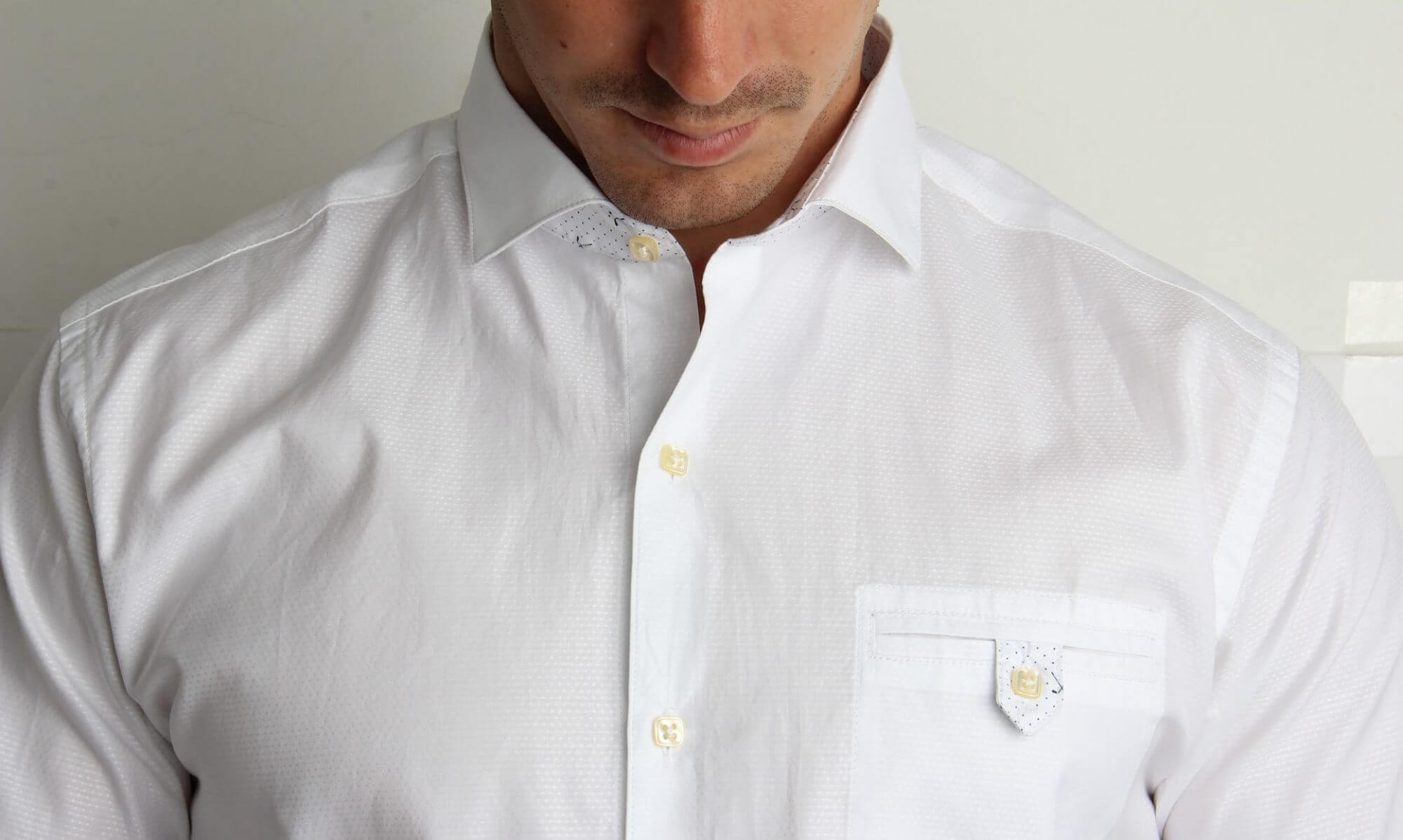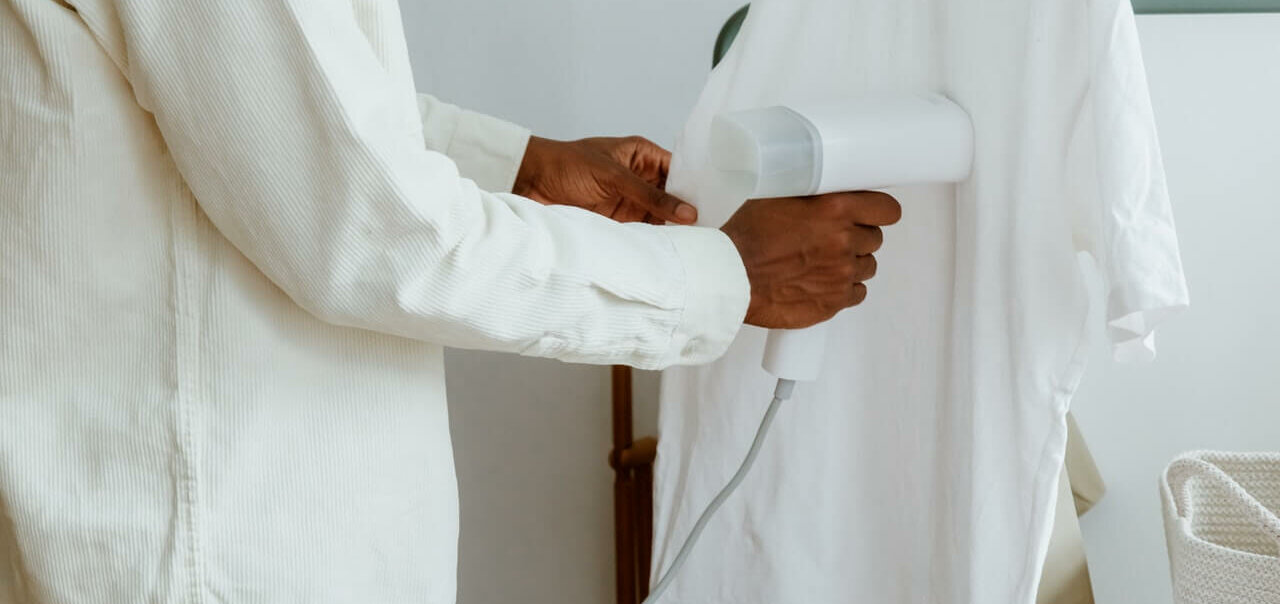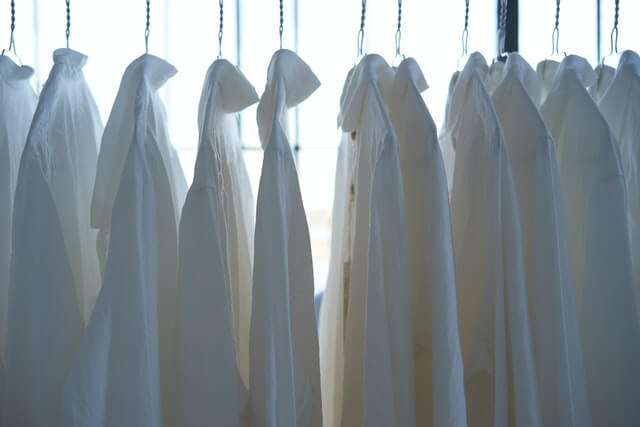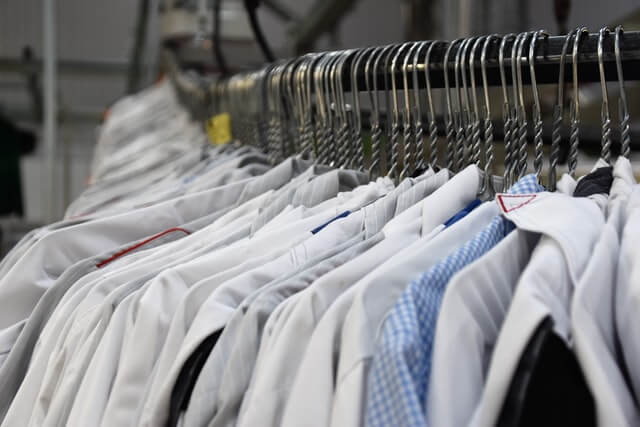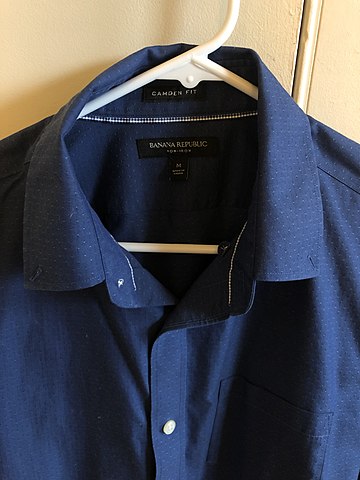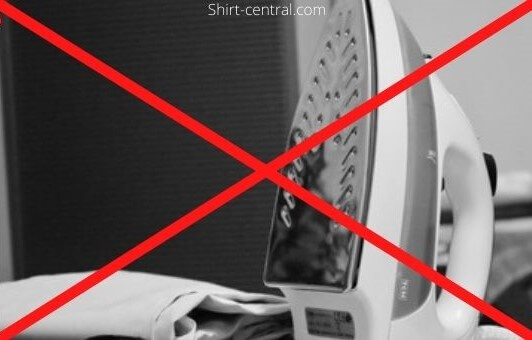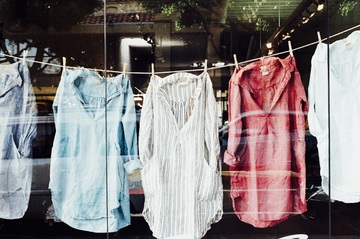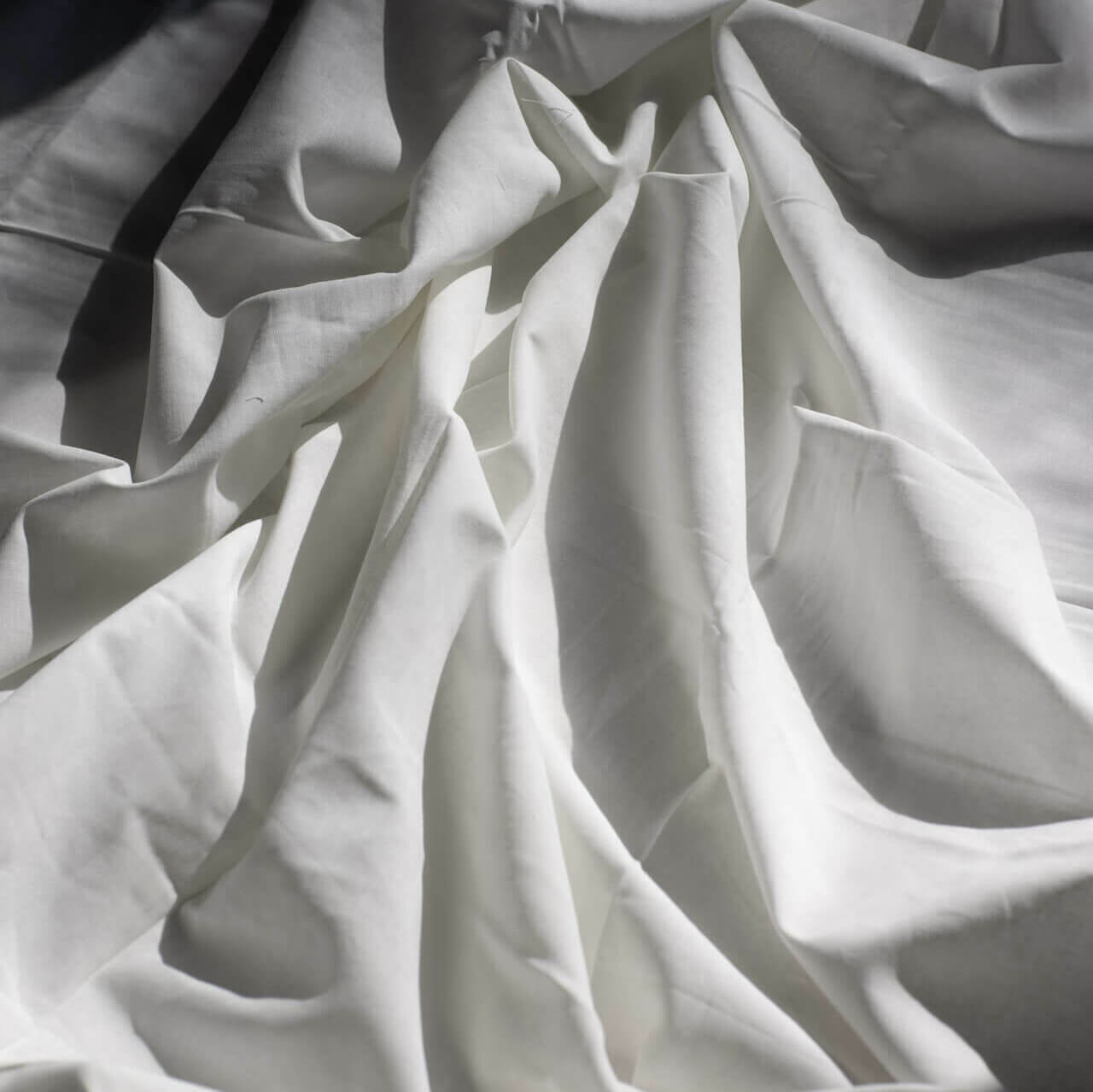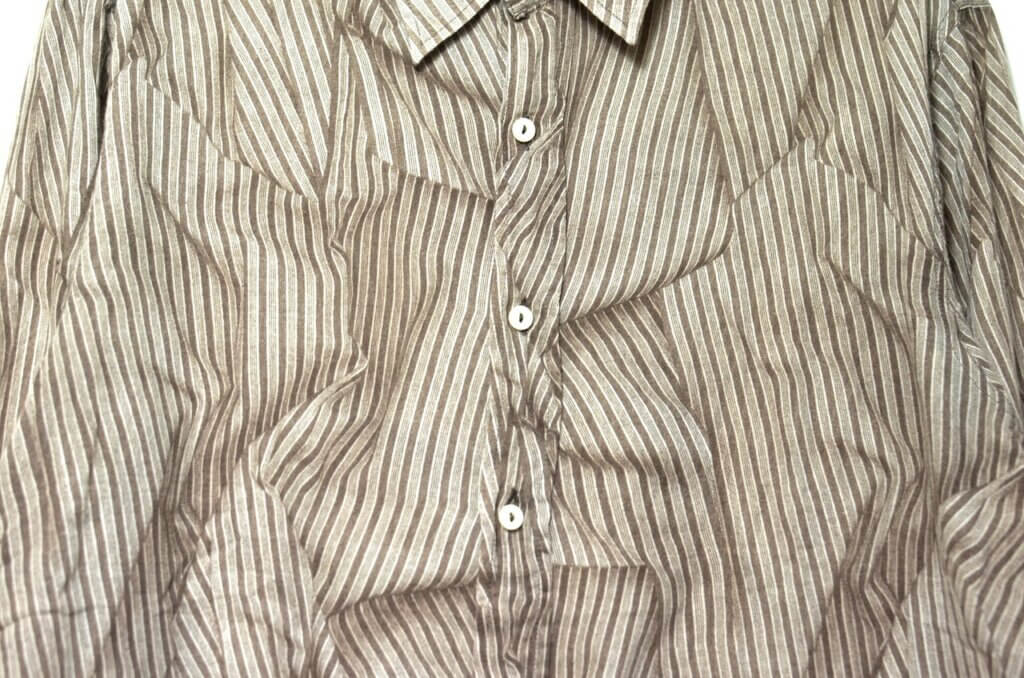You bought a steam iron worth $50 to $150 thinking it is a solution to all your ironing problems? But even after buying the most expensive steamer out there, we still do not get the crisp fabric we need, that’s mainly because we don’t know how to use steam iron effectively.
And let’s see what are the steps that we do wrong and how can we get all the results that we expect without any harm.
What is a Steam Iron?
There are two types of irons available on the market. Over time people have preferred steam iron over dry iron.
Now the question arises: what is a steam iron, and how does it work? The basic principle is that this iron steams your clothes while ironing them.

A heating plate is present under the soleplate, and there are holes present at the bottom of the plate. The water tank sprays the mist onto your clothes, and the hot plate irons your clothes.
The steam from the soleplate helps to change the structure of the fabric fibers, which ultimately helps in ease of ironing and saving time.
How to Effectively Steam Iron Clothes?
Ironing can be a little daunting but if you follow these simple steps, you can get the best results from your iron.
Here are the steps you need to follow to let your iron do its magic.
1. Set up your Board or Prepare a Hangar
An ironing board is a good way to use your iron effectively. The iron stand helps absorb any extra heat and gives you the required amount of support to iron your clothes.
You can also hang your clothes on a rod to keep them steady.
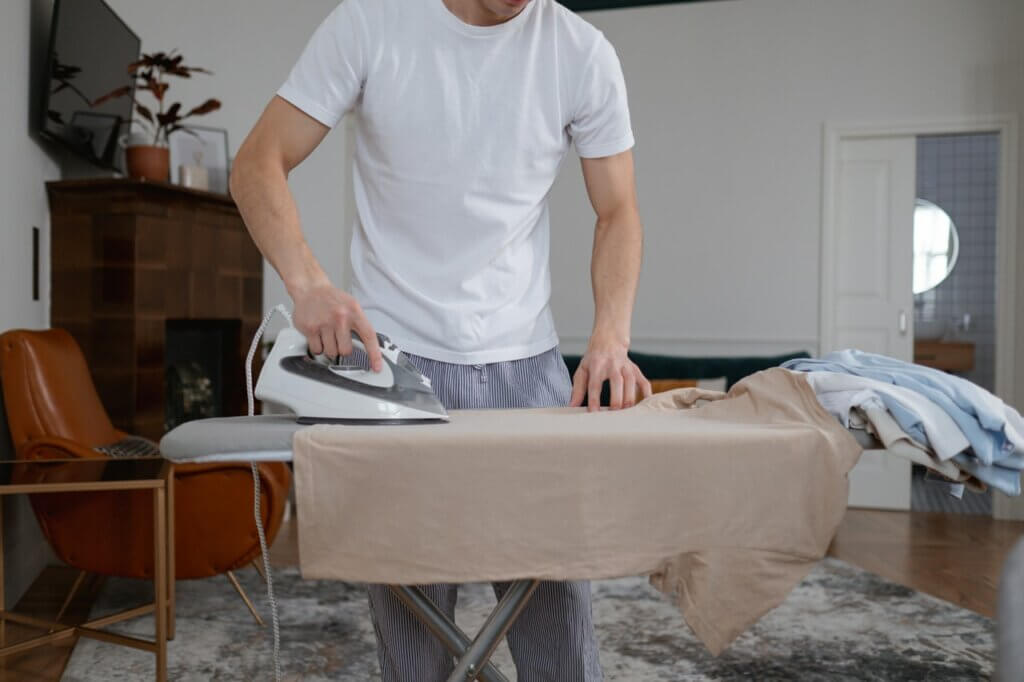
2. Fill the Water Tank
It would be best if you filled in the water tank of your iron so that it sprinkles the water on your garment. Keep in mind that to neither overfill nor underfill the water tank.
3. Garment label and Temperature Setting
Like another iron, you need to read the label of your clothes. Check for any instructions for ironing. Some labels would tell iron at a specific temperature; some will tell whether you can steam it or not.
4. Ironing
On a hanger: Give your clothing a little pull on the lower end to straighten the fabric (don’t pull too hard, or it will come off the hanger or loose the right shape) and iron the clothing from top to bottom, barely touching it.
On the board: Pull the clothing over the board, starting on one side. It has to be completely flat. Now press for some steam and move the iron over it without making any wrinkles. If the fabric is quite hard, you go from the middle to the ends. With softer materials, try not to “move” the fabric too much – use little pressure and go from the outside to the inside.
Repeat for all sides / parts =)
How to Dry Iron with a Steam Iron?
- Empty your water tank before plugging in the iron.
- Plug the iron and let it preheat according to the temperature indicated for the fabrics.
- Iron as you regularly do.
Do you non iron shirts can also be steam ironed? Yes, it is true, you can learn how to steam a non iron shirt!
How to Maintain your Steam Iron?
You need to maintain your iron to iron your clothes efficiently.
Here are a few ways by which you can maintain your steam iron.
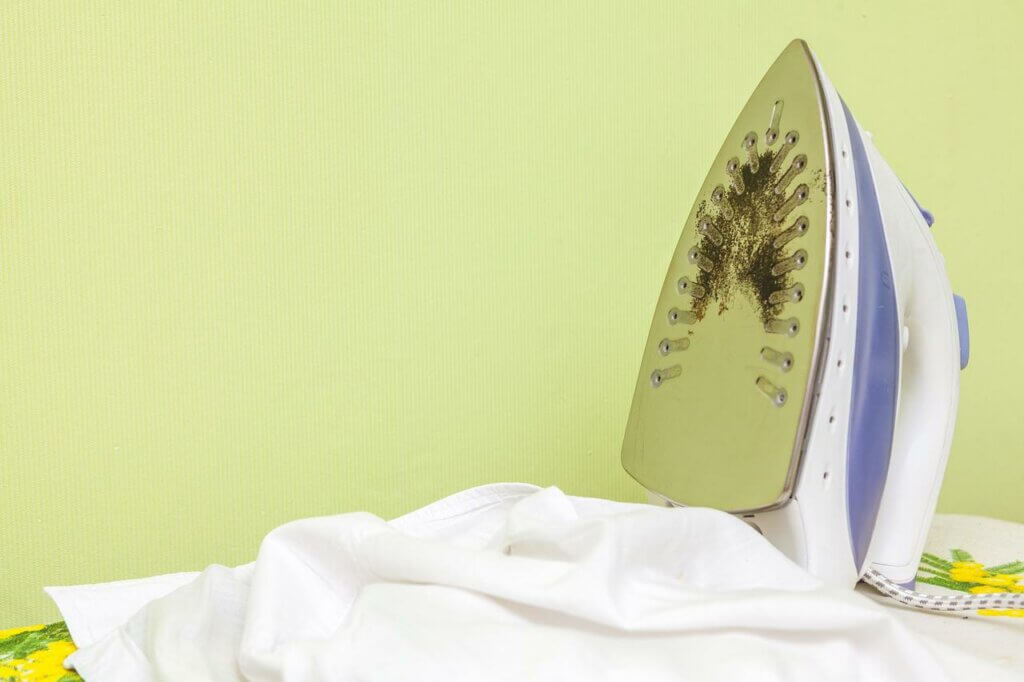
- Distilled water: It might sound like an extra effort, but it will do a lot of good for your steamer and help you iron your clothes effectively. Use only distilled water for your steam iron as it has the right amount of hardness. Tap water in your area might be too hard to be used and may clog your iron.
- Empty the water tank: It is a necessary step for you to empty the tank after every use. If any water is left, it will lead to buildup that will damage your iron in the long run.
- Clean the soleplate: Every Now and then, clean the soleplate if there is any buildup on the outside to avoid any burning of clothes and get that crisp on your clothes.
Bottomline
Steam iron can prove very effective if used and maintained in the right way. You can enjoy the sleek and wrinkle-free finish on your clothes by following some simple steps without spending money on dry cleaners and professional steam ironing.
